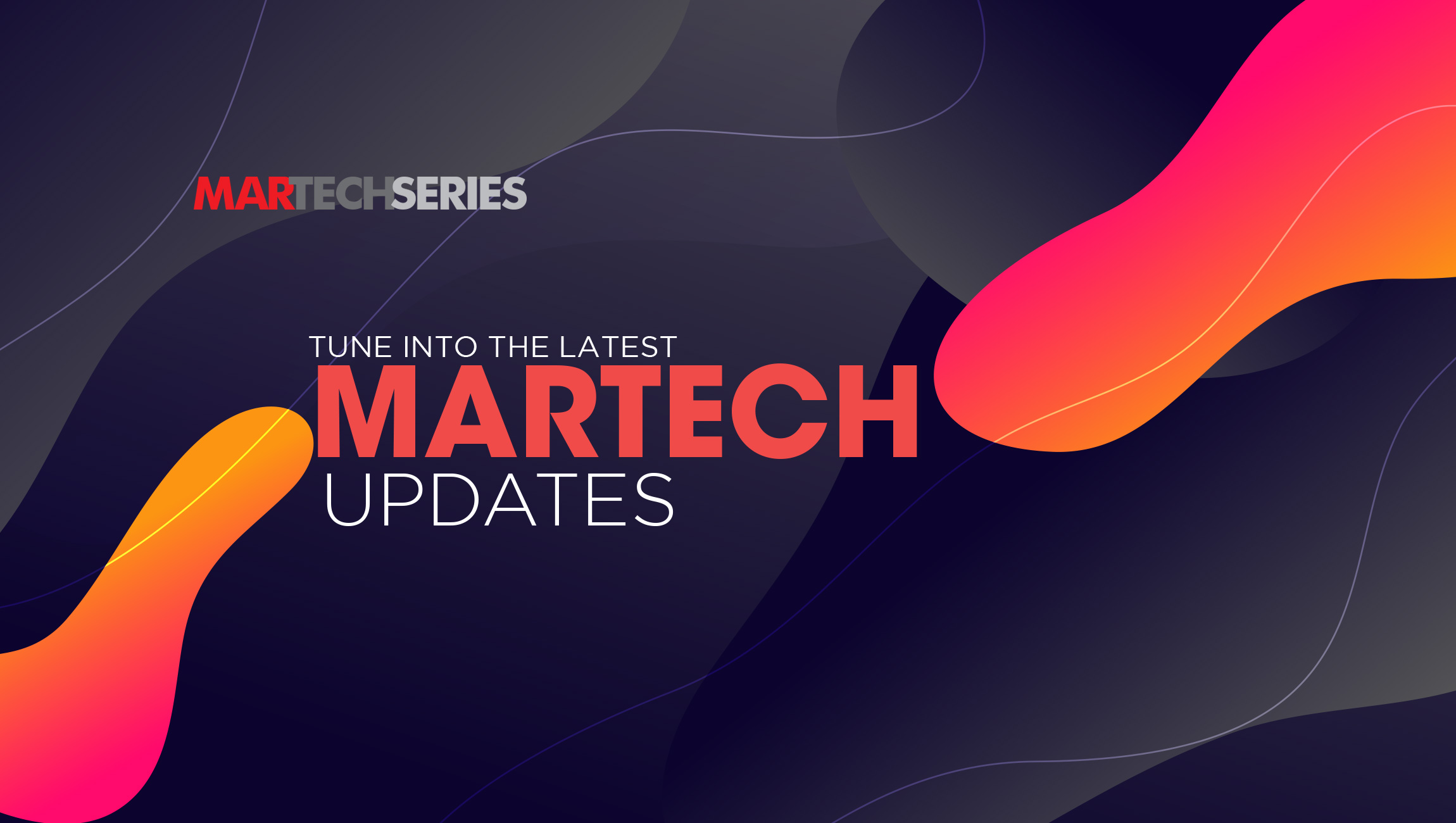We’re only one month into 2020, and the AdTech industry is already manifesting one change after another. With a lot of pressure coming from the world markets and ongoing issues within the industry itself, independent AdTech will have to face many challenges this year. However, brace yourselves, for we’re in this together!
Here’s our checklist on how to survive in 2020.
1. Bye-Bye, Cookie
As you might already know, Google will drop third-party cookies in 2022. Which seems like a distant future. However, this decision is already affecting the industry. Cookies are a versatile tool for ad targeting, tracking, and performance measurement. The anonymous user data they provide is crucial for maintaining your advertising-to-sales ratio.
Disabling cookies used to be a common practice only for relatively unpopular browsers, without any significant influence on the AdTech. Now, the industry has two years to reinvent the web infrastructure according to the cookieless reality. Google’s announcement resurfaced the discussions on alternate means of user identification.
The idea of registration-based CDPs (customer data platforms) has been around for a while. It was the answer to the need for a single data repository across one company. In 2020, CDPs with unique regID for every user even look like an adequate answer to the upcoming elimination of cookies. These types of CPDs will allow you to access the content only after registration and consents but you will still be able to target the audience based on the user data.
2. I Want Your CTV
Video is and will remain a growth driver for the Advertising industry. That’s a fact. The peculiar part is the increasing share of Connected TV (CTV). eMarketer projects that CTV ad spending in the US will reach $10.81 billion by 2021 (3,4% of all media ad spendings) compared to $6.94 billion last year. 78% of Hulu (and Netflix) viewers use these services in living rooms on a CTV.
Furthermore, Connected TV ads have higher completion rates (95%) than desktop (75%) or mobile (72%) — users can’t skip most CTV ads. While the popularity of the CTV over the traditional TV soars, there are still some issues to be addressed — e.g., the transparency of the CTV impressions measurement, inventory segmentation (e.g., by the type of content, audience groups). High CPM rates are too attractive for fraudsters — this is another challenge for the industry.
3. Rise of the Machine Learning
Automation is crucial when it comes to scaling (and in some cases — mere surviving) of the business. It goes without saying — programmatic advertising is all about automation. Machine Learning technologies and AI are involved in almost every AdTech process: from chatbots to ad positioning and mediation.
In 2018, Google launched a beta test for AI-based automated ads, which resulted in a 10% revenue increase for publishers. Almost every company out there comes up with new solutions for the optimization of the buying and selling traffic. These solutions are bound to create unique added value for the target audience of these companies. Some of these solutions hit the mark.
In terms of 2020, an automated search for the optimal bid with a shift to the first-price auction is a top priority! Among other trends to follow in 2020 — CPC/CPI in-app buying optimization (the rate of non-CPM sales is stunningly high).
4. Taking Digital Out-of-Home
DOOH (Digital Out-of-Home) has been drawing more and more attention from AdTech companies in recent years. Advertisers increase the share of this channel spendings in their budgets. According to the forecast by Statista, the DOOH advertising market will see significant growth in the upcoming years — from $6.7 billion in 2019 to $15.9 billion in 2027.
DOOH can become indispensable, depending on the overall Marketing strategies — it helps you deliver a precisely targeted advertising, improve brand awareness and convert leads into sales. Most consumers make purchases out of their homes — that’s where the DOOH ad can reach them. From parking lots and bus stops to store shelves and airports — the applications are limitless.
According to Beeoutdoor, 55% of DOOH ad viewers revoke the message displayed. With a projected market value of $32.1 billion by 2025, Digital Out-of-Home is far from saturation: it has almost idle segments and lack of standardization (especially, when it comes to traffic). All of this opens numerous possibilities for AdTech companies to find their niches and diversify their businesses.
5. Full Transparency Mode
Ad fraud is in a long list of transparency issues the programmatic advertising industry is yet to solve. eMarketer estimated advertisers’ loss from fraudulent activities to reach $19 billion last year. Two of the critical solutions that can significantly reduce these rates are ads.txt and seller.json. Ads.txt is a text file containing a list of authorized sellers specified by a publisher to prevent a suspicious deal.
Subsequently, you can verify if the SSP in question is authorized to sell this particular inventory. Seller.json, developed by IAB, is a file with information about publishers’ accounts within their ad platforms.
Certainly, these solutions aren’t mandatory. However, ads.txt and seller.json can significantly improve competitiveness, as advertisers and media buyers opt for transparency and reliability.
IAB introduced RTB 3.0 in late 2018, yet the market is still reluctant to fully adopt the new protocol. Meanwhile, the supply chain is still complex, and it creates an urge for security and more clarity in open auctions. This year, the need for RTB 3.0 is even more evident than ever, as it provides standards for approval/rejection of ad creatives between the supply and demand parties. Transparency is the new black, so why don’t we embrace it?
6. Video Didn’t Kill the Audio Star
Certainly, as we’ve already mentioned, video is king. However, visual content isn’t a 100% remedy when it comes to reaching consumers in a screenless environment. In many cases, the best way to establish marketing communication is via… audio. From online-radio and podcasts to streaming services and voice assistants — this is by far the easiest way to deliver an ad to your target audience when it’s jogging, training, cooking, etc. Even when it comes to screens, audio displays (pun intended) astonishing results, eMarketer estimates that an adult mobile app user spends 65 minutes per day listening to digital audio in 2019. According to Edison Research, podcasts account for 50% of mobile users’ listening time.
Programmatic audio advertising is a versatile tool for companies that explore the possibilities of audio marketing. Similar to a regular programmatic buying, it automatically delivers a pre-configured ad message in four available formats: linear audio ads, companion display ads, audio ad pods, skippable ads. With comprehensive metrics, reliable responsiveness (up to 60% conversion rate) and coveted demography programmatic audio ads will continue growing in popularity, offering enormous potential for digital marketing teams in 2020.
Read more: Is In-Game Advertising the Next Big Thing in AdTech?












Comments are closed.